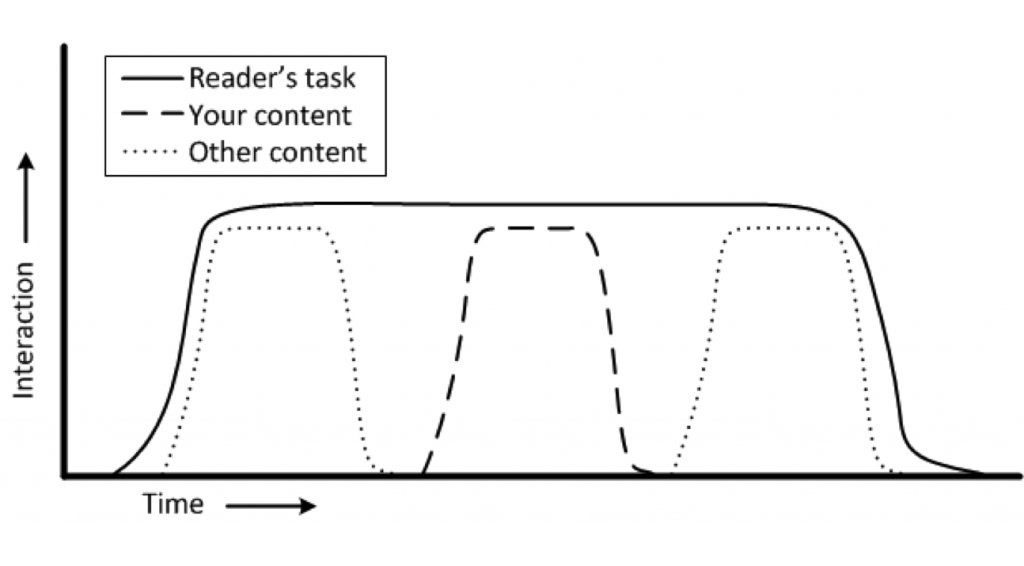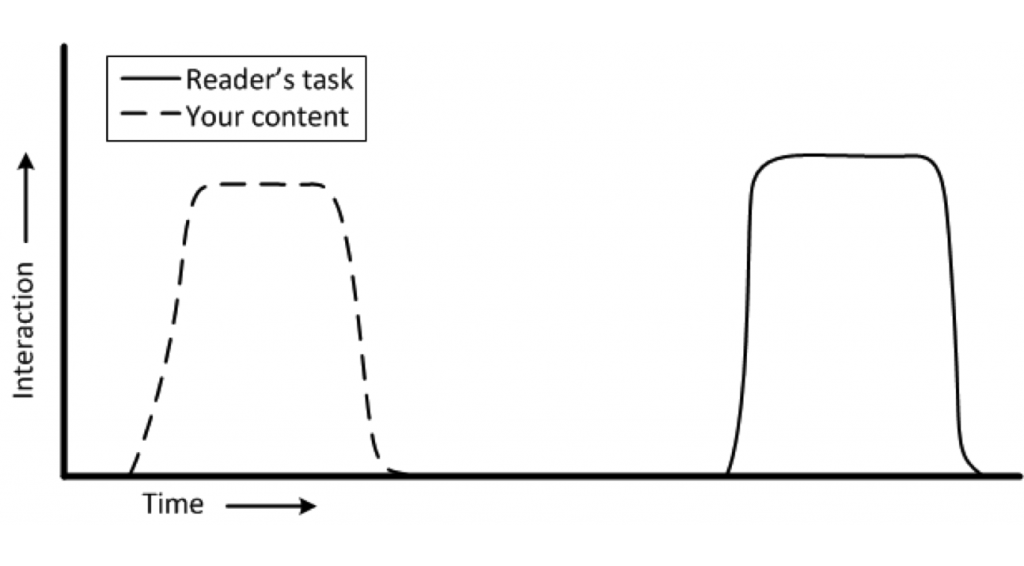 I returned from a visit to my parents, recently. My parents live in another state–far enough away that it’s difficult to visit them more than once or twice a year.
I returned from a visit to my parents, recently. My parents live in another state–far enough away that it’s difficult to visit them more than once or twice a year.
My father has had Alzheimer’s for several years. For the past few visits, I have met a new father on each visit–the same person, of course, but, at the same time, a different one.
On this trip, I resisted the urge to look for the father from my last visit so I could get to know my new one. While I miss the father I knew, it was rewarding to get to know the one I have, now. He’s just as special to me as the person I saw the last time; but this one is special in his own way.
One evening, as he and I sat at the dinner table with my wife and my mother, he considered a bowl of vegetable soup for a moment before picking up his fork to eat it. This was a bit curious to me. As the soup ran between the tines of his fork with each bite, my mother tried, unsuccessfully, to convince him to use his spoon. My wife observed that the fork was actually the perfect utensil for the task he was trying to accomplish–he wanted to eat the vegetables first. After he ate all the vegetables, he picked up his spoon and finished his soup.
He knew what he was doing all along. Once we were able to move at the speed of his thought, things went much smoother for everyone.
I’m glad I had a chance to meet this father of mine. I’m still learning from him and I look forward to meeting the next one and what he’ll teach me.






